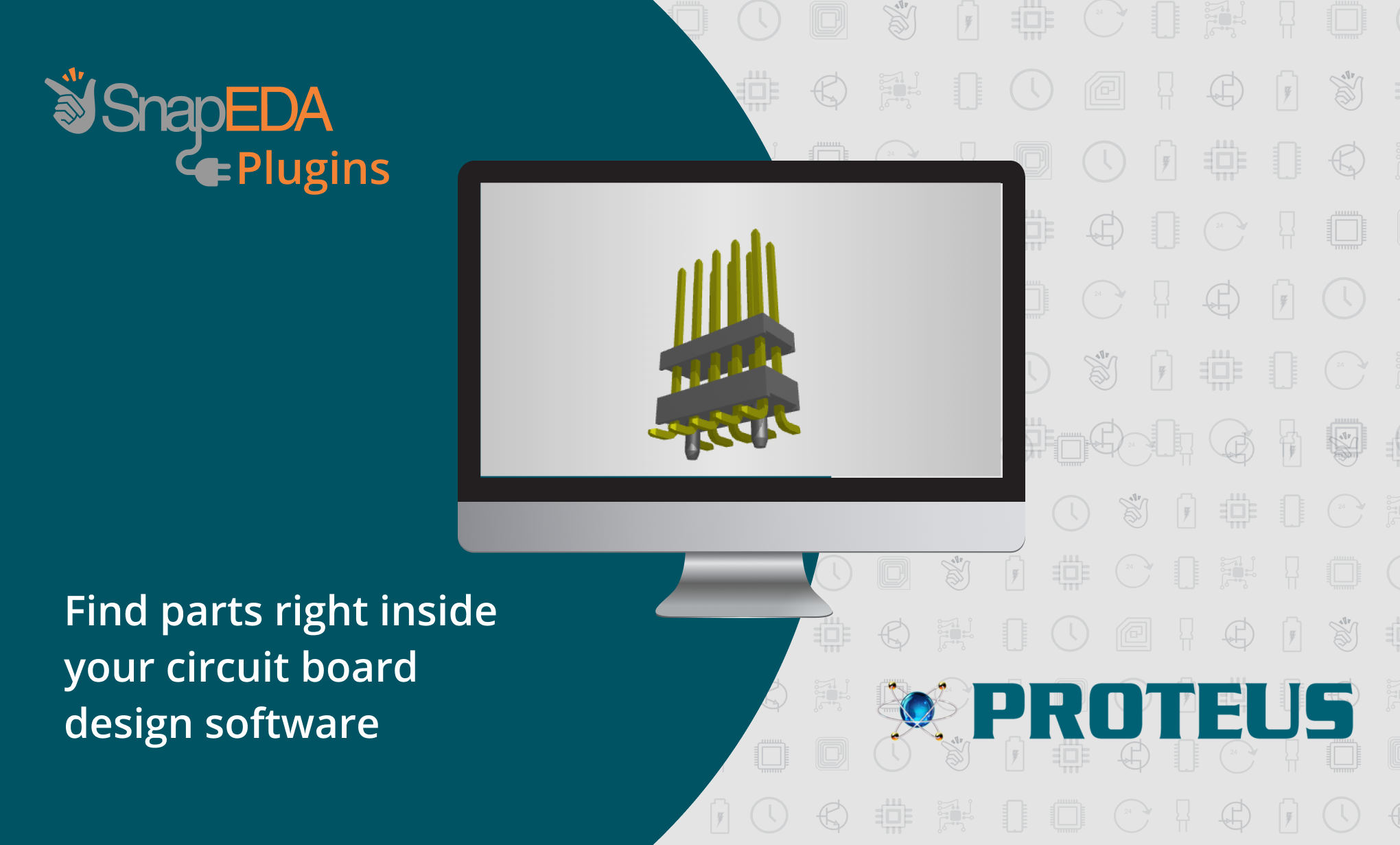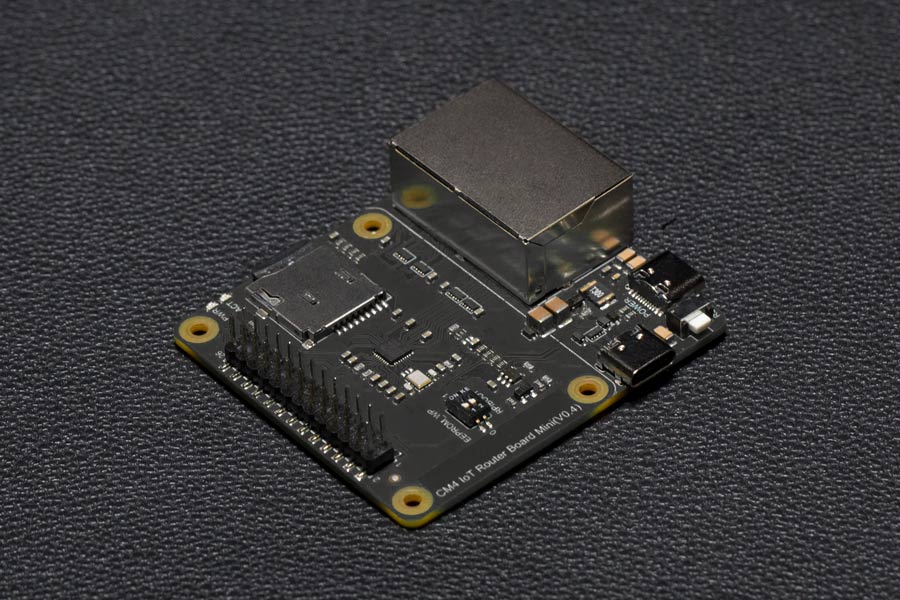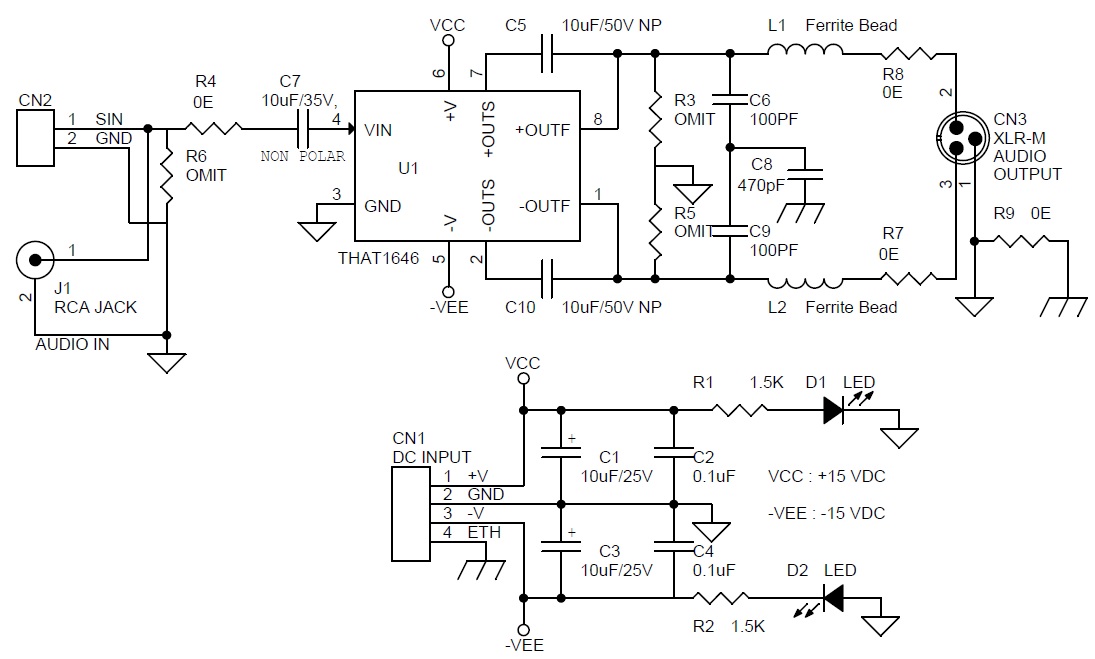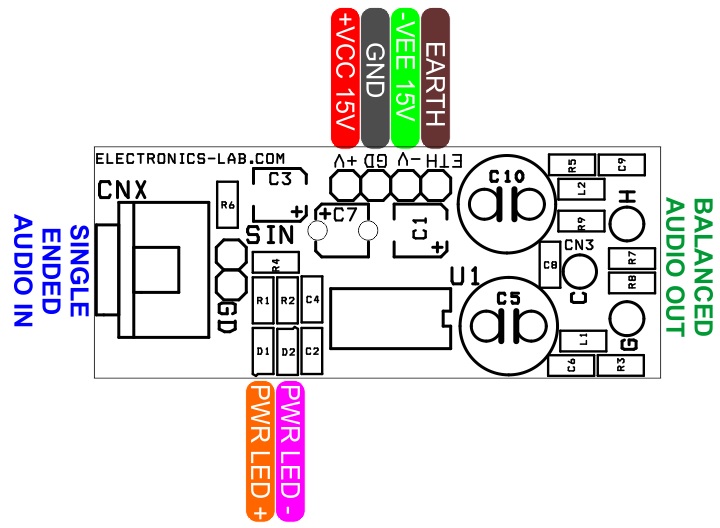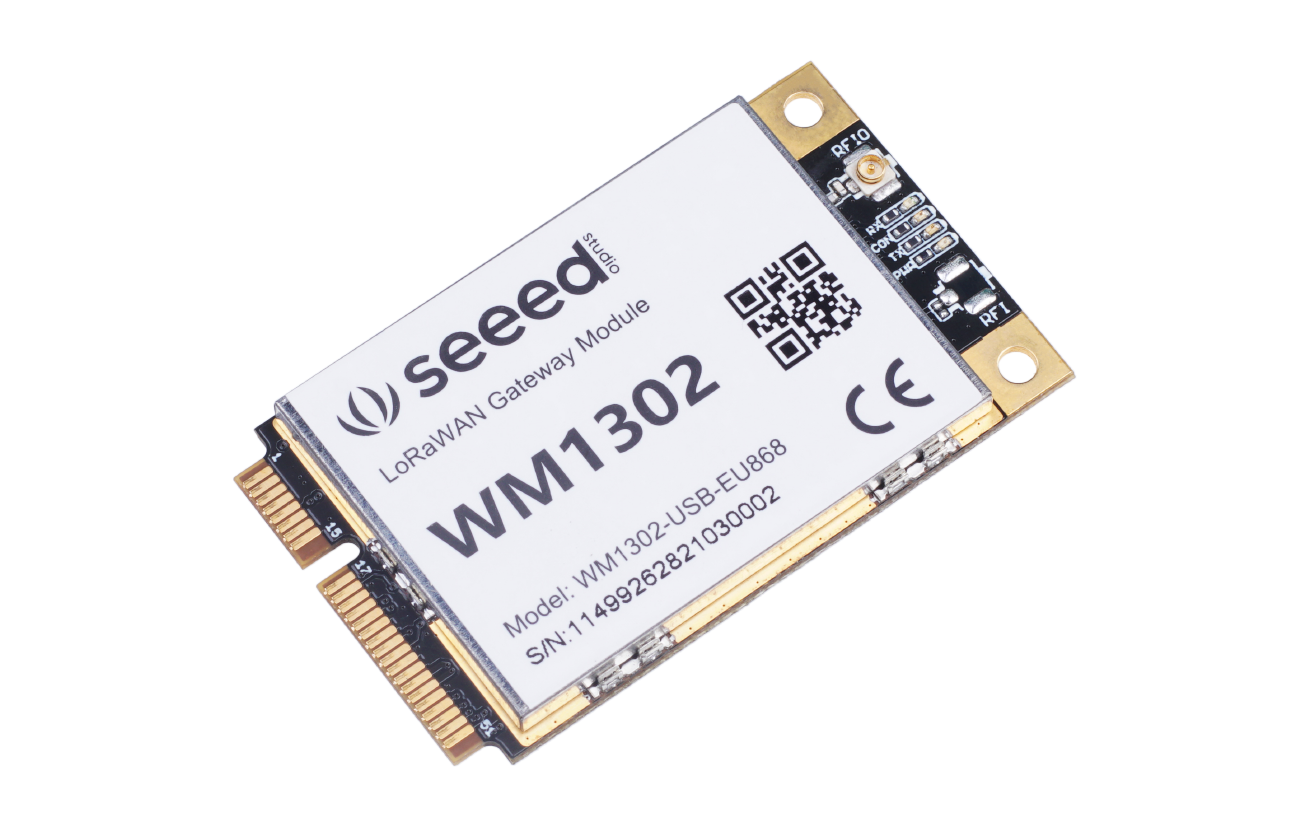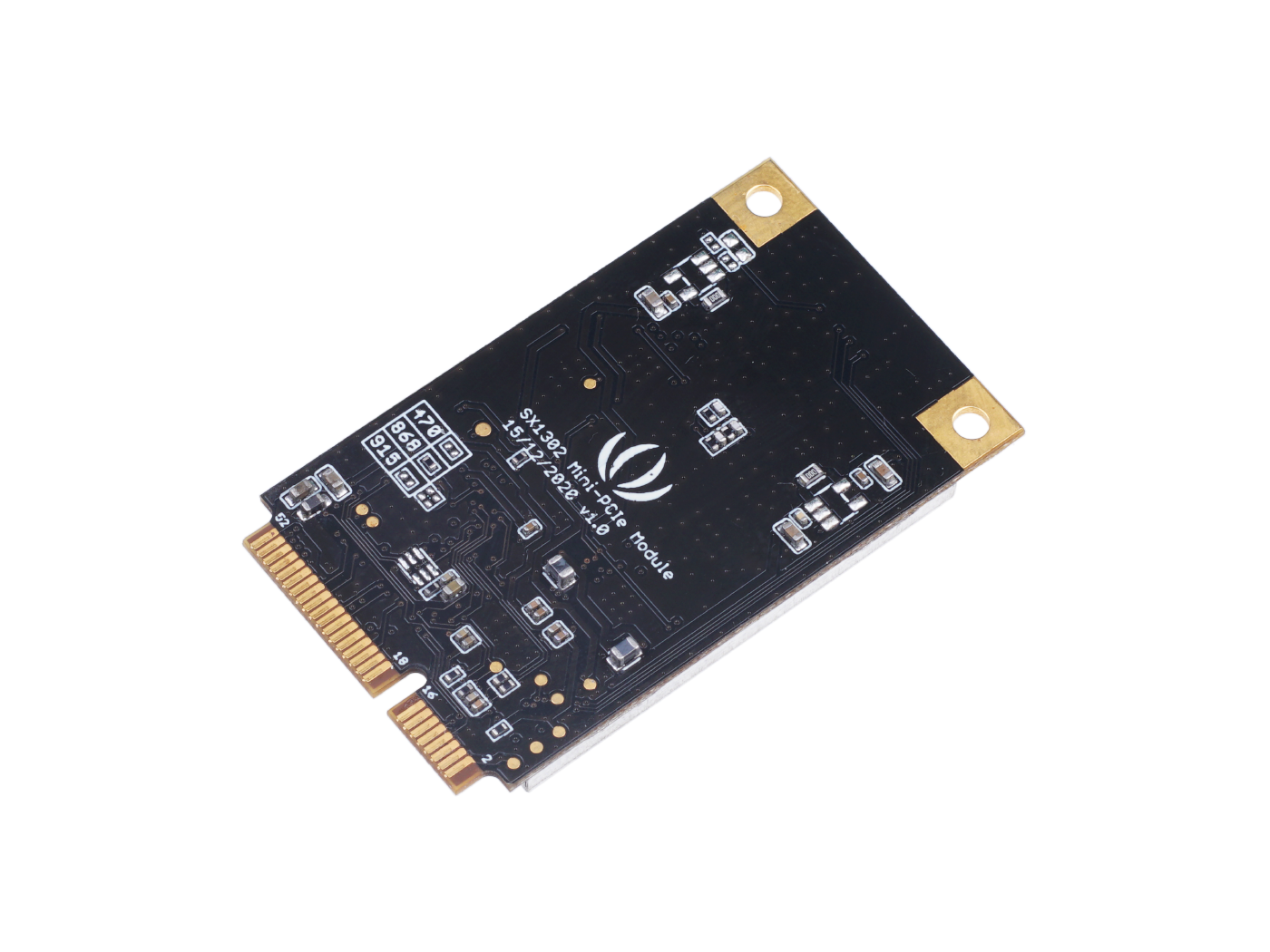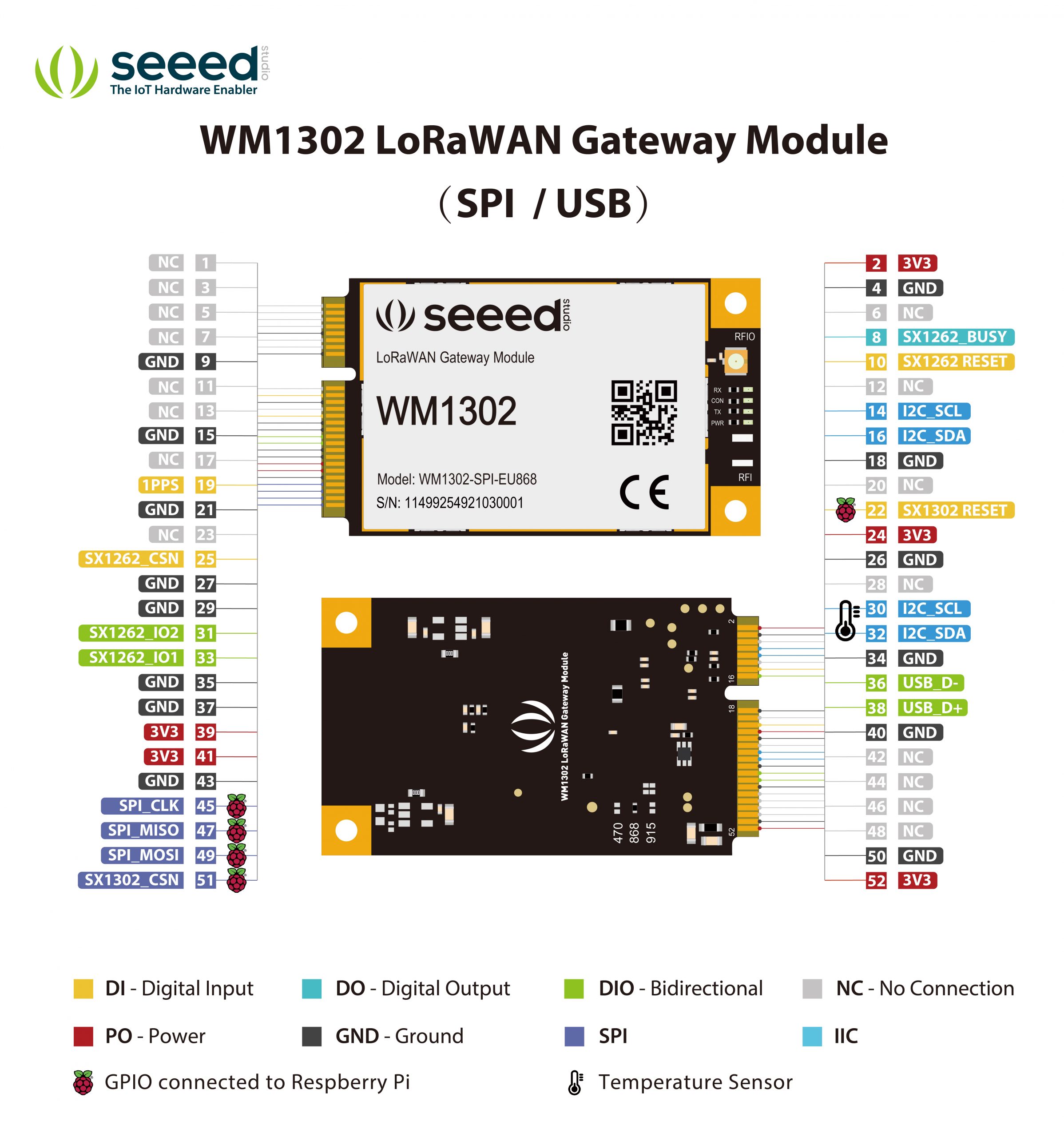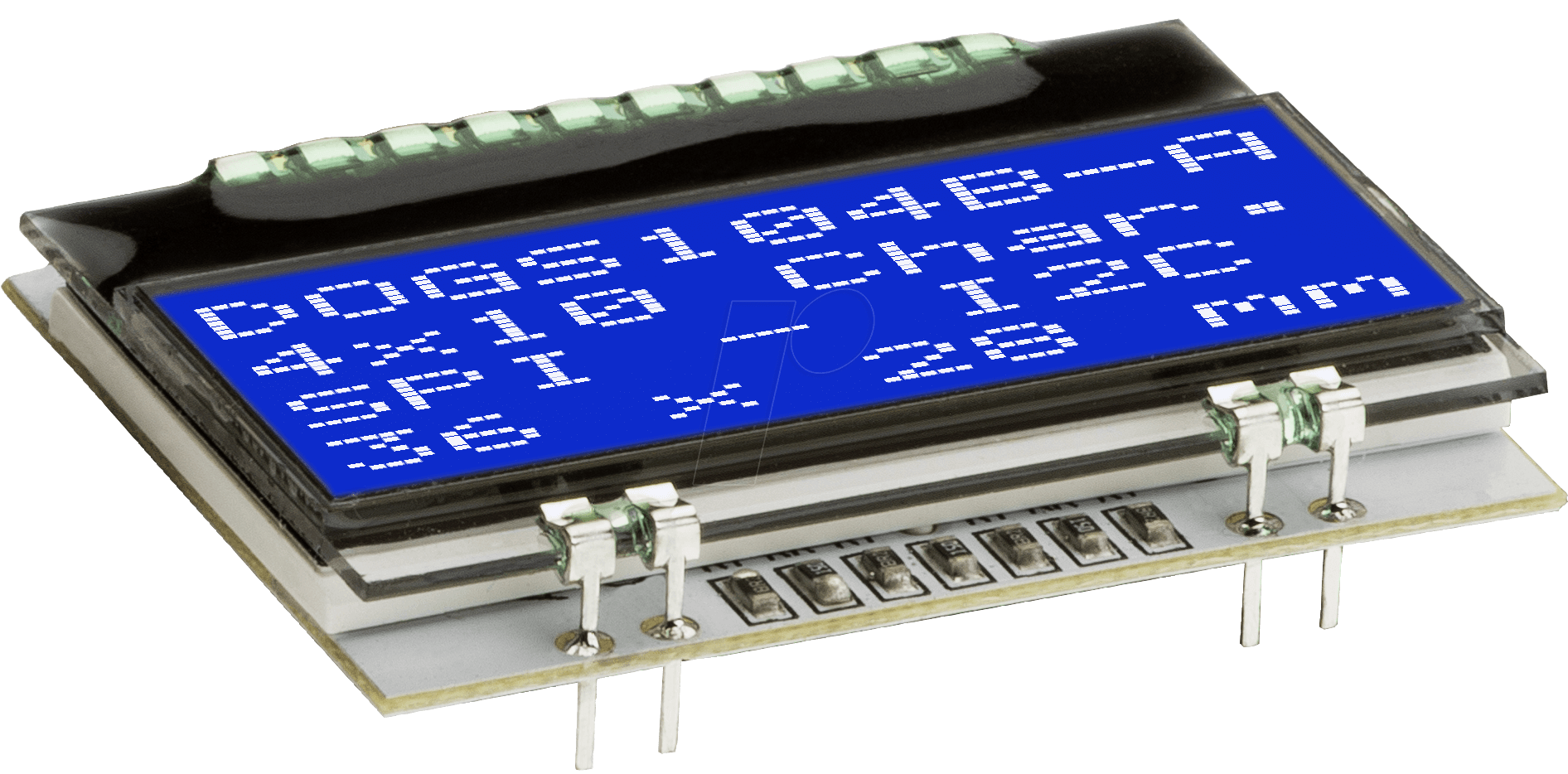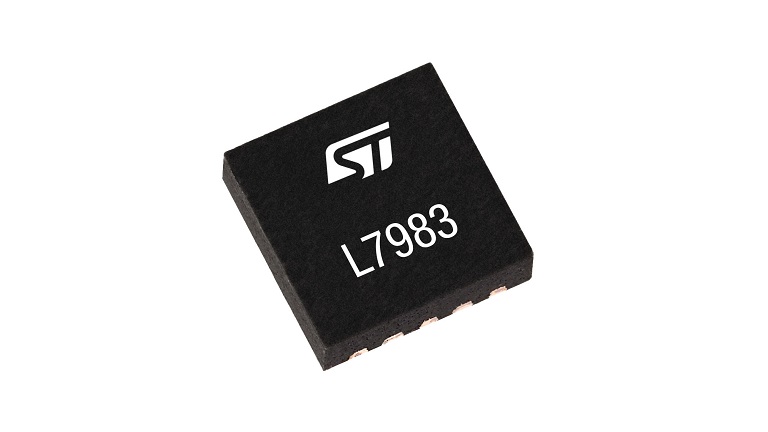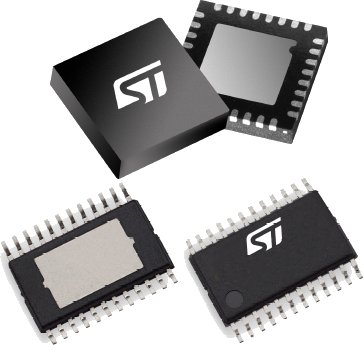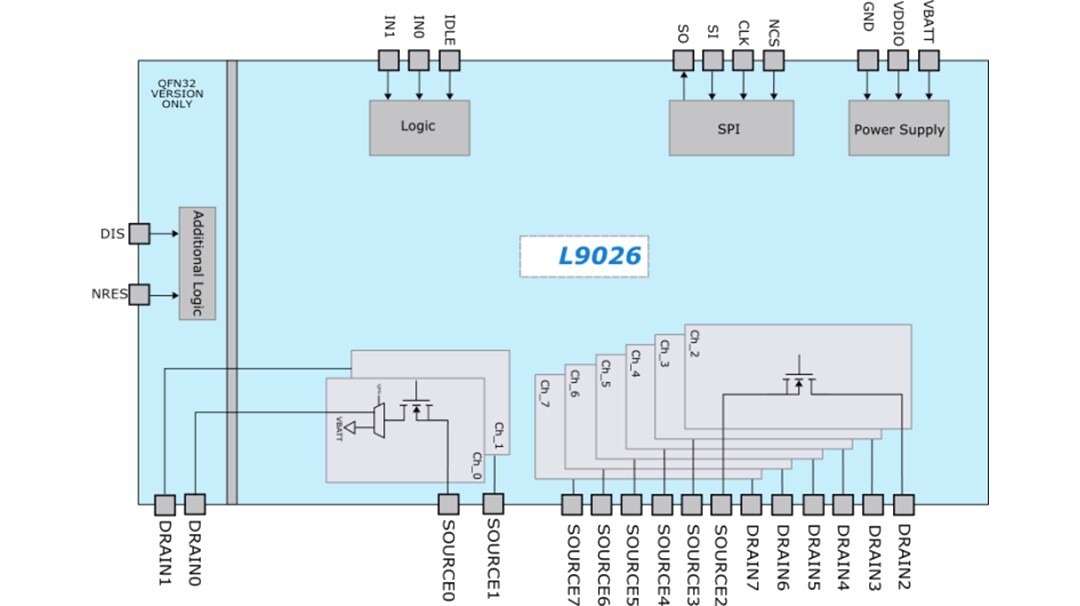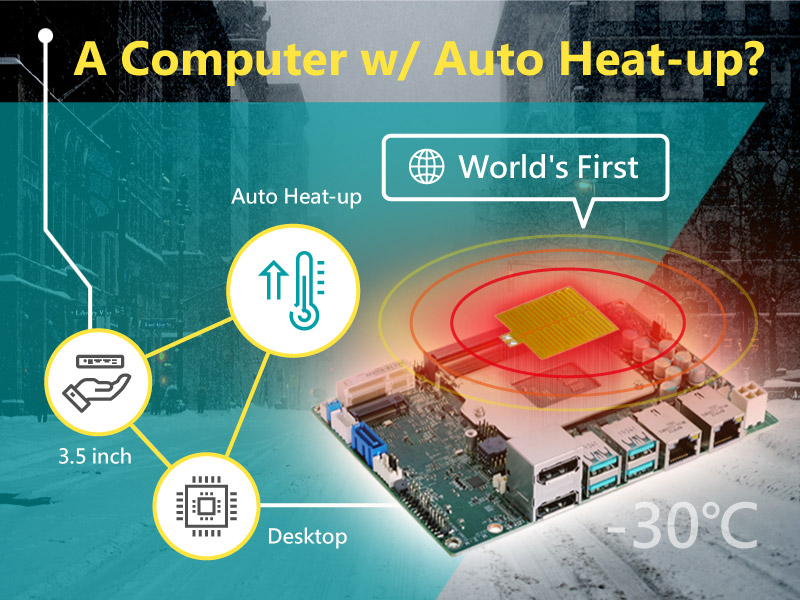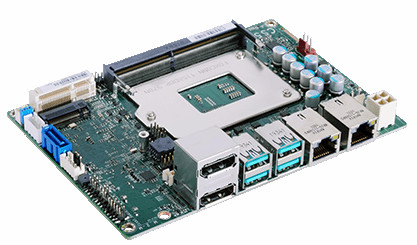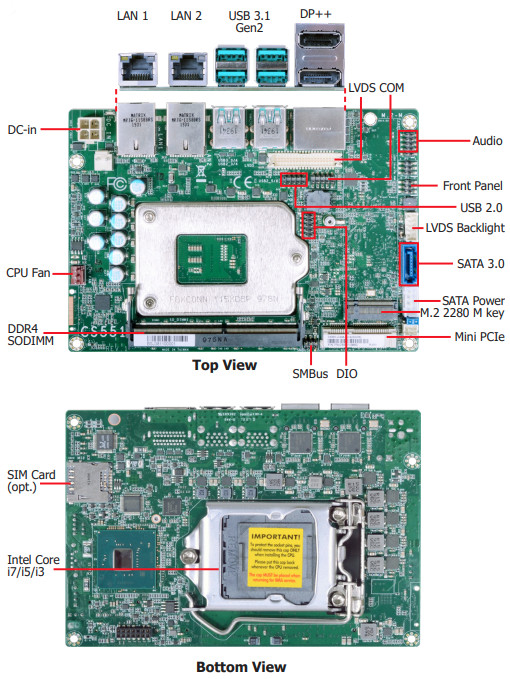Engineers using the latest version of Proteus will now benefit from SnapEDA search integrated within its PCB design software, allowing them to innovate faster
Today, SnapEDA, creators of the first search engine for electronics design, and Labcenter Electronics, creators of Proteus Design Suite, are announcing a new collaboration that places SnapEDA directly within Proteus’ printed circuit board (PCB) design environment.
Creating computer-aided design (CAD) models is a time-consuming process that can take hours or even days for each component in a printed circuit board design. This is why SnapEDA created the pioneering electronics design search engine, allowing engineers to download ready-to-use models so they could start designing and innovating instantly.
This new collaboration between Labcenter Electronics and SnapEDA takes things a step further by allowing engineers to search and import SnapEDA’s CAD models directly within the Proteus Design Suite, without ever having to leave their design environment. The collaboration includes free PCB footprints, schematic symbols, and 3D models for millions of electronic components.
“Proteus is a highly-adopted PCB design tool, that is especially known for its simulation capabilities and ease-of-use. By integrating SnapEDA within Proteus, we’ll be able to make the experience of sourcing CAD models even more frictionless for Proteus users by allowing them to search and place parts without ever having to leave their design environment,”
said Natasha Baker, Founder & CEO of SnapEDA.
For Proteus, the library integration with SnapEDA is part of their commitment to continuously develop features that reduce the time to market for their customers.
“The integration of SnapEDA tools with Proteus gives our users quick and seamless access to literally millions of library parts,” said Iain Cliffe, Executive Director at Labcenter Electronics Ltd. “Searching for a library part in Proteus will now show relevant search results from SnapEDA and parts can then be imported straight into Proteus with a mouse click. This will be a real timesaver for our customers.”
Since the integration is cloud-based, engineers will benefit from new parts added to SnapEDA’s database each day.
SnapEDA’s database contains CAD models for millions of electronic components, ranging from electromechanical components, power converters, microcontrollers, timing components, integrated circuits, discretes, and much more.
The new SnapEDA Search capability is available within Proteus v8.12 and later.


